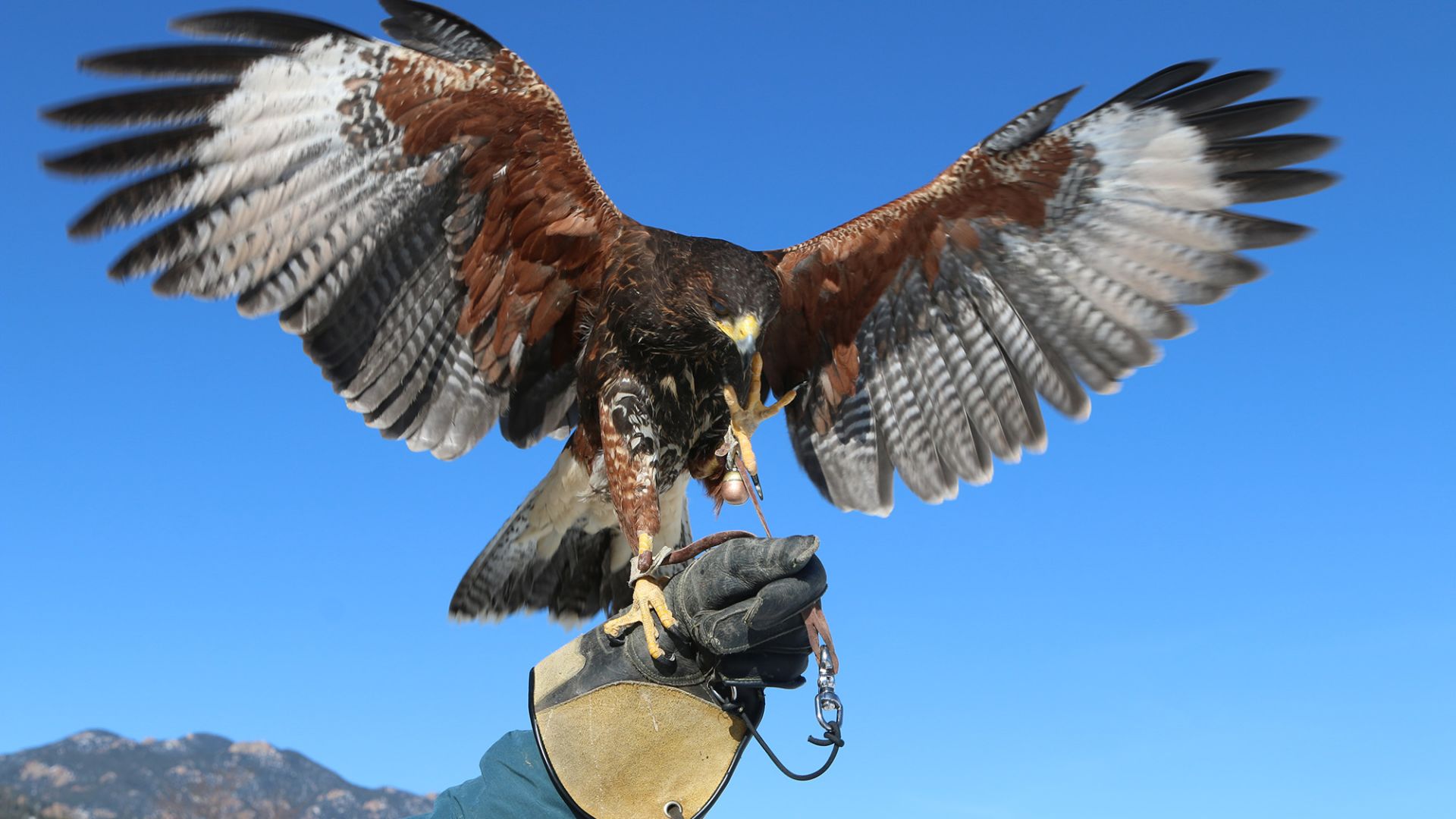Hunting with trained birds of prey, notably falcons and hawks, is an ancient technique known as falconry or hawking. This custom has been followed by societies all across the world for thousands of years and has a rich history.
Since the oldest accounts of the practice are steeped in myth and mythology, it is challenging to determine where falconry first originated. According to some historians, falconry was first practiced as a method of sustenance and sport hunting in Central Asia or China. Some contend that nomadic tribes in the Middle East or the Egyptians were responsible for the invention of falconry.
Regardless of where it came from, falconry was introduced to Europe in the Middle Ages and quickly became a favorite pastime of the nobles. In fact, falconry was held in such high respect across medieval Europe that it was frequently seen as a mark of power, riches, and pride.
Due to the development of new methods and tools to enhance the hunting experience, falconry saw a rise in popularity during the Renaissance. During this period, falconry was also widely practiced in the Arab world, and the Middle East is where many of the methods and tools still used in contemporary falconry today originated.
The invention of the glove or gauntlet was one of the most significant advancements in the history of falconry. By using a protective glove, falconers may handle birds of prey without worrying about being harmed by their talons or assaulted. The glove also made it possible for falconers to handle and feed their birds by hand, maintaining a close relationship with them.
The invention of the hood was another important advance in the history of falconry. The bird’s eyes were covered with this gear, which served to relax it and keep it from being preoccupied by its surroundings. The hood also made it easier and safer for falconers to move their birds.
Over the years, falconry continued to advance as new methods and tools were created to enhance the hunting experience. The popularity of falconry started to wane in the 19th century as other hunting and entertainment methods were developed. Yet, a tiny handful of devoted practitioners continued to practice it, passing it along from one generation to the next.
All around the world, falconry is still practiced today, and some nations have even recognized it as an official sport or cultural tradition. For instance, the Wildlife and Countryside Act, which controls the use of raptors for hunting, protects falconry in the United Kingdom.
Many bird of prey centers and falconry shows offer public demonstrations and experiences as falconry has grown in popularity as a source of entertainment and education. These performances inform spectators about the falconry’s background and cultural significance in addition to showcasing the beauty and prowess of these majestic birds.
Although having a long and rich history, falconry still faces difficulties today. Many nations have laws governing the use of raptors for hunting, and the scarcity of good hunting grounds has made it more challenging for falconers to hone their skills.
The enthusiasm and commitment of the falconry community, however, ensure that this antiquated practice continues to exist and flourish in the twenty-first century. Falconers all over the world are preserving this ancient art form for future generations to enjoy via their dedication to the wellbeing of their birds, the preservation of traditional methods and tools, and the promotion of falconry as a sport and cultural tradition.
